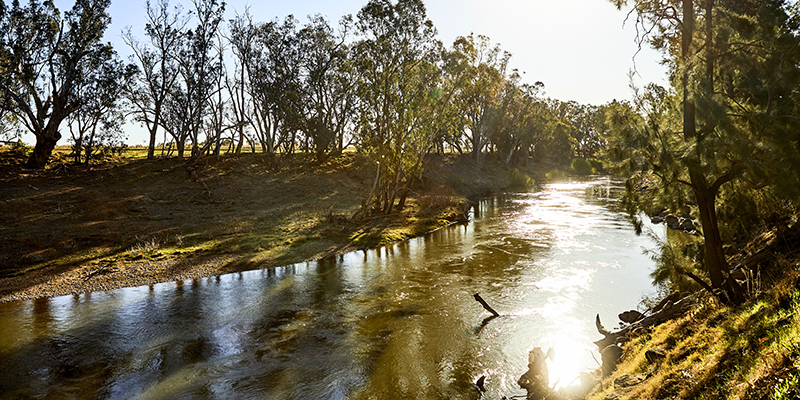Macquarie-Castlereagh Regional Water Strategy launches
The Macquarie-Castlereagh Regional Water Strategy has been finalised, giving towns from Oberon, Bathurst and Orange in the east, to Dubbo, Narromine, Warren and Nyngan in the west, a clear pathway to a sustainable water future.
Department of Planning and Environment Executive Director of Regional Water Strategies, Kaia Hodge, said the NSW Government has harnessed the latest climate data and worked with the community to build a plan that will meet the region’s water needs for at least the next 20 years.
"It’s important we make science-based decisions and ready all the tools in our arsenal to increase drought resilience and reduce risk ahead of a declared El Nino,” Ms Hodge said.
“From the worst drought on record between 2017-2020 to record-breaking floods last year, the Macquarie- Castlereagh is no stranger to climate extremes, but this strategy sets out 31 clear and achievable actions to prepare for future water challenges.”
Actions include investigating long-term water security solutions for the growing regional centres of Bathurst and Orange, such as connecting upper Macquarie towns to the Fish River or Coxs River catchment, sourcing water from the Lachlan Valley, new infrastructure in the upper Macquarie catchment or making changes to Burrendong Dam.
Actions also include investing in urban water efficiency and innovative water management options such as stormwater harvesting and recycled water, and supporting farmers to improve their properties’ water efficiency and climate adaption.
The strategy was developed together with the community including two rounds of public consultation, 28 meetings with the public, Aboriginal stakeholders, industry and environmental groups, and 45 meetings with councils across the region.
Other key actions are:
- improving the way we manage groundwater resources
- improving fish passage, water quality, and riparian habitat restoration
- removing barriers to water to the environment reaching important floodplain wetlands and ecosystems
- supporting Aboriginal people to be more involved in water management by sharing their traditional knowledge and contributing to decision making
- further comparative analysis between replacing the ageing Gin Gin weir, raising the full supply level in Burrendong Dam, and building a new pipeline from Dubbo to Nyngan
“Water is a precious and limited resource so this strategy will empower towns and cities in the Macquarie- Castlereagh do more with the water they have to support healthier rivers, healthier industries and healthier communities,” Ms Hodge said.
"That’s why we’re progressing evidence-based solutions across the board, from investigating the best infrastructure options to investing in innovative efficiency measures like stormwater harvesting and recycled water, to implementing programs and projects to deliver better outcomes for fish, wetlands, rivers and ecosystems.
“Many of these initiatives are already well underway, but we also need to take the long-view and plan for our water security over the coming decades – no matter what challenges we face.”
The Macquarie-Castlereagh is one of a suite of regional water strategies creating a stronger, more resilient plan for NSW’s water future.
The strategy includes an implementation plan which outlines how actions will be delivered now and in the future. For more information visit Macquarie-Castlereagh Regional Water Strategy.
